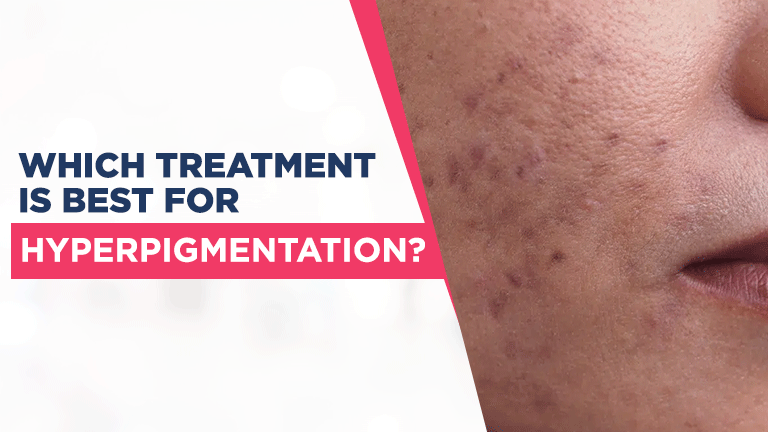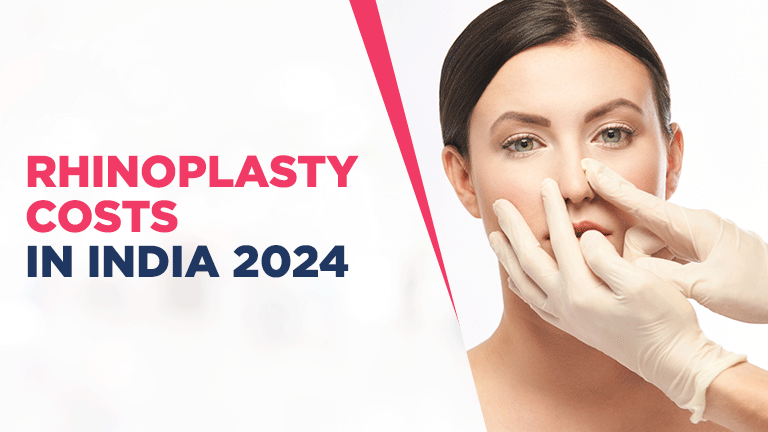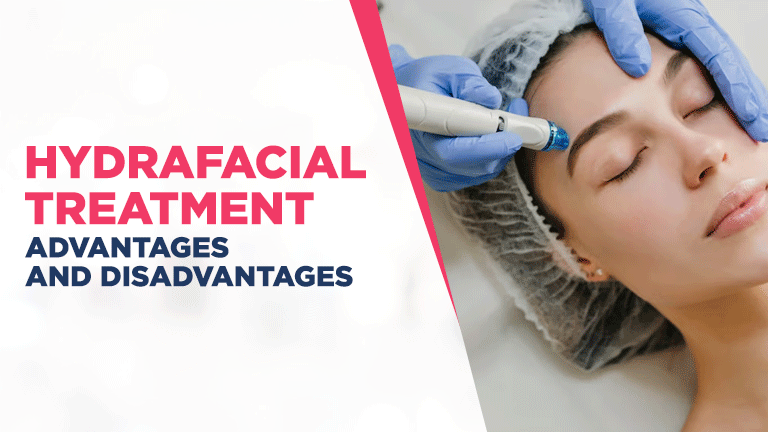
Which Treatment is Best for Hyperpigmentation?
A common skin condition called hyperpigmentation is defined by the

Rhinoplasty, commonly referred to as a “nose job,” is a surgical procedure aimed at reshaping the nose to enhance its appearance or improve its function. Whether it’s for cosmetic reasons, such as correcting a bump or refining the tip, or for medical purposes, like resolving breathing issues, rhinoplasty is a significant decision that requires careful consideration.
Before undergoing rhinoplasty, it’s crucial to be well-informed about the procedure, its risks, and its outcomes. Asking the right questions can help you set realistic expectations, ensure your safety, and increase your satisfaction with the results. This guide will walk you through 15 important questions to ask your surgeon to make an informed decision and achieve the best possible outcome.
Asking about a surgeon’s experience with rhinoplasty ensure you are in capable hands. Experience directly impacts the outcome of the surgery, affecting both aesthetic results and functional improvements. When evaluating their experience, inquire about the number of procedures they’ve performed and their specialization in rhinoplasty. For example, a surgeon who has completed over 8,000 rhinoplasties in the last 10 years demonstrates a high level of expertise and familiarity with various techniques and challenges, which can significantly enhance the likelihood of a successful result.
Asking if you’re a good candidate for rhinoplasty ensures that the procedure aligns with your goals and health status. A suitable candidate typically has realistic expectations, is in good overall health, is over 18 years old, and has specific concerns about the nose that can be addressed through surgery. It’s important to disclose any existing medical conditions, such as chronic nasal issues or severe allergies, as these can affect the outcome. Candidates should also avoid surgery if they have unrealistic expectations or are still growing, as ongoing changes in facial structure may impact the results. Ensuring that you meet these criteria helps maximize the chances of a successful and satisfactory outcome.
Asking, “What technique will you use?” is important for understanding how the surgeon plans to approach your rhinoplasty and how it might impact your results. The choice between open and closed rhinoplasty techniques depends on your specific case and desired outcomes. Open rhinoplasty involves an incision across the columella (the tissue between the nostrils) and provides a broader view of the nasal structures, making it suitable for more complex corrections. Closed rhinoplasty, with all incisions inside the nostrils, is less invasive and generally results in less visible scarring. The surgeon will select the technique based on factors such as the complexity of your nasal issues and your anatomical considerations to ensure the best possible outcome.
Asking this question helps to prepare yourself for the post-surgical period and to ensure a smooth healing process. Recovery from rhinoplasty typically involves a few key stages. Initially, you can expect swelling, bruising, and some discomfort, which are common and manageable with prescribed medications. You’ll need to wear a nasal splint and possibly have packing inside your nose for a few days. Most patients can return to light activities within a week, but should avoid strenuous exercise and heavy lifting for several weeks. It’s crucial to follow the surgeon’s post-operative care instructions, including attending follow-up appointments, to monitor healing and address any concerns.
Asking such a question helps set realistic expectations about the outcome of your rhinoplasty. While initial results may be visible within a few weeks, the final results of rhinoplasty can take several months to fully materialize. Swelling and bruising will subside over time, but subtle changes in the nasal shape may continue to evolve for up to a year. The majority of swelling usually resolves within the first few months, but complete refinement of the nasal contours may not be apparent until the healing process is fully complete.
Asking “What are the risks of rhinoplasty surgery?” is crucial for understanding potential complications and making an informed decision. Rhinoplasty, like any surgical procedure, carries risks, including infection, bleeding, and adverse reactions to anesthesia. Other risks specific to rhinoplasty include nasal obstruction, asymmetry, or dissatisfaction with the cosmetic results. Some patients may experience prolonged swelling or scarring. While these risks are relatively rare and can often be managed or mitigated, it’s important to discuss them with your surgeon.
Asking this questions helps in assessing the surgeon’s skill and the potential outcomes of your rhinoplasty. Reviewing these photos provides insight into the surgeon’s experience and the results they have achieved with previous patients. It helps you gauge their ability to deliver results that align with your aesthetic goals. Look for photos of patients with similar concerns or nasal features to yours for a more relevant comparison. These images also help set realistic expectations and ensure you are comfortable with the surgeon’s style and approach before proceeding with the surgery.
Asking “What type of rhinoplasty is best for me?” is essential for understanding how the procedure will be tailored to meet your specific needs and goals. The choice of rhinoplasty type—open or closed, and whether it’s structural, functional, or cosmetic—depends on various factors, including your nasal anatomy, desired outcomes, and any functional issues you may have. Open rhinoplasty offers more visibility for complex cases, while closed rhinoplasty is less invasive and generally results in less scarring. Your surgeon will evaluate your unique case and recommend the most suitable technique to achieve the best results, ensuring that both cosmetic and functional needs are addressed effectively.
This question helps you understand the likelihood of needing additional surgery after your initial procedure. The revision rate refers to the percentage of patients who require a secondary surgery to address issues or achieve the desired results. While many patients are satisfied with their initial rhinoplasty, some may experience complications or dissatisfaction that necessitate revision surgery. A lower revision rate generally indicates a higher success rate with initial procedures. Discussing this with your surgeon helps you understand the potential for additional interventions and ensures you are prepared for any possible outcomes.
This question helps to plan your post-surgical activities and manage expectations. Typically, initial recovery involves swelling and bruising, which can last for about 1-2 weeks. Most patients can return to light daily activities within a week, but it’s advisable to avoid strenuous exercise and heavy lifting for several weeks. Complete healing, where the final results become apparent, can take several months to a year. Understanding these timeframes helps you prepare for time off work, follow the appropriate care instructions, and ensure a smooth recovery process.
Asking such question is important to understanding how various elements can influence your recovery and the final results of your rhinoplasty. Several factors can impact healing, including your overall health, age, and adherence to post-operative care instructions. Smoking and certain medications can also hinder the healing process and increase the risk of complications. Additionally, following the surgeon’s advice on activity restrictions, managing swelling, and attending follow-up appointments plays a significant role in achieving optimal results. Being aware of these factors helps you take proactive steps to support a smooth and effective recovery.
This question helps you in budgeting and financial planning. The total cost typically includes the surgeon’s fees, anesthesia, facility charges, and any post-operative care or follow-up visits. On an average, the cost of rhinoplasty surgery in India range from Rs 75000 to 120,000. It’s important to clarify whether the quoted price covers all aspects of the procedure or if there are additional expenses. Insurance coverage for cosmetic procedures can vary, so discussing payment options and potential financing plans with the surgeon’s office is also beneficial.
Answer of this question will ensure a smooth and successful rhinoplasty procedure. Preparation typically involves several steps, such as undergoing pre-operative assessments and tests to confirm your suitability for surgery. You may need to adjust or stop certain medications, avoid smoking, and follow specific dietary guidelines. Additionally, arranging for transportation and post-surgery care, and ensuring you have a comfortable recovery environment, are important. Following the surgeon’s pre-operative instructions closely helps minimize risks and supports a better overall outcome.
To ensure a smooth recovery and achieve the best results from your rhinoplasty, this question is important. Post-surgery care typically includes managing swelling and bruising with prescribed medications and cold compresses, keeping your head elevated, and avoiding activities that could impact your nose, such as vigorous exercise or heavy lifting. You may also need to follow specific instructions for cleaning and caring for your nasal splint or any surgical dressings. Adhering to these recommendations and attending follow-up appointments are crucial for monitoring your healing progress and addressing any issues promptly.
Asking “Will I need any additional procedures?” is important to understand if further interventions might be required to achieve your desired outcome. Depending on your initial results and goals, additional procedures could include minor touch-ups or revisions to refine the nasal appearance or function. The need for further procedures often depends on the complexity of your case and your surgeon’s assessment. Discussing this with your surgeon helps you prepare for any potential future steps and ensures you have a clear understanding of the complete treatment plan and expected outcomes.
Navigating the decision to undergo rhinoplasty requires thorough research and clear communication with your surgeon. By asking the right questions, such as those outlined in this article, you can gain a deeper understanding of the procedure, set realistic expectations, and ensure that your surgeon’s expertise aligns with your goals. From assessing their experience and the techniques they use to understanding the recovery process and potential costs, each question plays a crucial role in preparing you for a successful outcome. Taking the time to address these questions not only empowers you to make informed decisions but also helps pave the way for a smoother, more satisfying rhinoplasty experience.

A common skin condition called hyperpigmentation is defined by the

Rhinoplasty is a transformative surgical procedure aimed at reshaping the

Rhinoplasty, commonly referred to as a “nose job,” is a

With the increasing popularity of aesthetic surgeries, many individuals in

Rhinoplasty, commonly known as a nose job, continues to be

Hydrafacial is a cutting-edge, non-invasive facial treatment that has gained